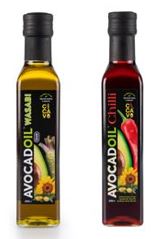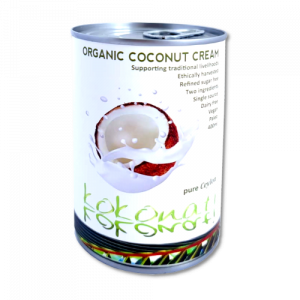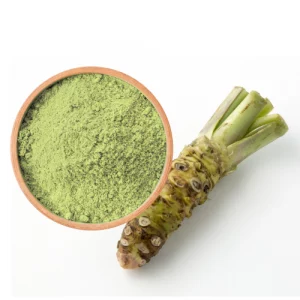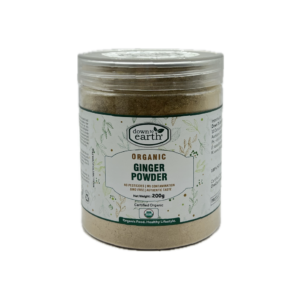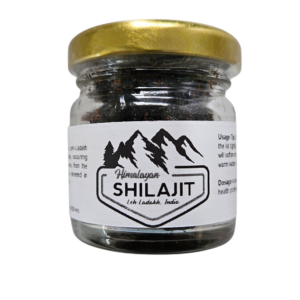HISTORY AND ORIGIN OF GINGER
Ginger is a member of a plant family that includes cardamom and turmeric. Its spicy aroma is mainly due to presence of ketones, especially the gingerols, which appear to be the primary component of ginger studied in much of the health-related scientific research.
The rhizome, which is the horizontal stem from which the roots grow, is the main portion of ginger that is consumed. Ginger’s current name comes from the Middle English gingivere, but this spice dates back over 3000 years to the Sanskrit word srngaveram, meaning “horn root,” based on its appearance.
In Greek, it was called ziggiberis, and in Latin, zinziberi. Interestingly, ginger does not grow in the wild and its actual origins are uncertain.
Indians and Chinese are believed to have produced ginger as a tonic root for over 5000 years to treat many ailments, and this plant is now cultivated throughout the humid tropics, with India being the largest producer. Ginger was used as a flavoring agent long before history was formally recorded. It was an exceedingly important article of trade and was exported from India to the Roman Empire over 2000 years ago, where it was especially valued for its medicinal properties.
Ginger continued to be a highly sought after commodity in Europe even after the fall of the Roman Empire, with Arab merchants controlling the trade in ginger and other spices for centuries. In the thirteenth and fourteenth centuries, the value of a pound of ginger was equivalent to the cost of a sheep. By medieval times, it was being imported in preserved form to be used in sweets. Queen Elizabeth I of England is credited with the invention of the gingerbread man, which became a popular Christmas treat.
USAGE, PREPARATION, AND PROCESSING
Ginger is used in numerous forms, including fresh, dried, pickled, preserved, crystallized, candied, and powdered or ground. The flavor is somewhat peppery and slightly sweet, with a strong and spicy aroma. The concentration of essential oils increases as ginger ages and, therefore, the intended use of the rhizome determines the time when it is harvested. If extracting the oil is the main purpose, then ginger can be harvested at 9 months or longer. Ginger is commonly pickled in sweet vinegar, which turns it a pink color; this form is popular with sushi.
Ginger harvested at 8-9 months has a tough skin that must be removed before eating, and the root is more pungent and is used dried or pulverized into ground ginger. This is the form most commonly found in our spice racks and used in cookies, cakes, and curry mixes. Candied or crystallized ginger is cooked in sugar syrup and coated with granulated sugar. Ginger harvested at 5 months is not yet mature and has a very thin skin, and the rhizomes are tender with a mild flavor and are best used in fresh or preserved forms.
BIOACTIVE COMPONENTS OF GINGER
At least 115 constituents in fresh and dried ginger varieties have been identified by a variety of analytical processes. Gingerols are the major constituents of fresh ginger and are found slightly reduced in dry ginger, whereas the concentrations of shogaols, which are the major gingerol dehydration products, are more abundant in dry ginger than in fresh ginger. At least 31 gingerol-related compounds have been identified from the methanolic crude extracts of fresh ginger rhizome.
HEALTH EFFECTS: THE SCIENTIFIC EVIDENCE
Because ginger and its metabolites appear to accumulate in the gastrointestinal tract, the consistent observations of ginger exerting many of its effects in this area are not surprising.
Ginger has been purported to exert a variety of powerful therapeutic and preventive effects and has been used for thousands of years for the treatment of hundreds of ailments from colds to cancer. Like many medicinal herbs, much of the information has been handed down by word of mouth with little controlled scientific evidence to support the numerous claims. However, in the last few years, more organized scientific investigations have focused on the mechanisms and targets of ginger and its various components.
Read about the11 Proven Health Benefits of Ginger HERE


